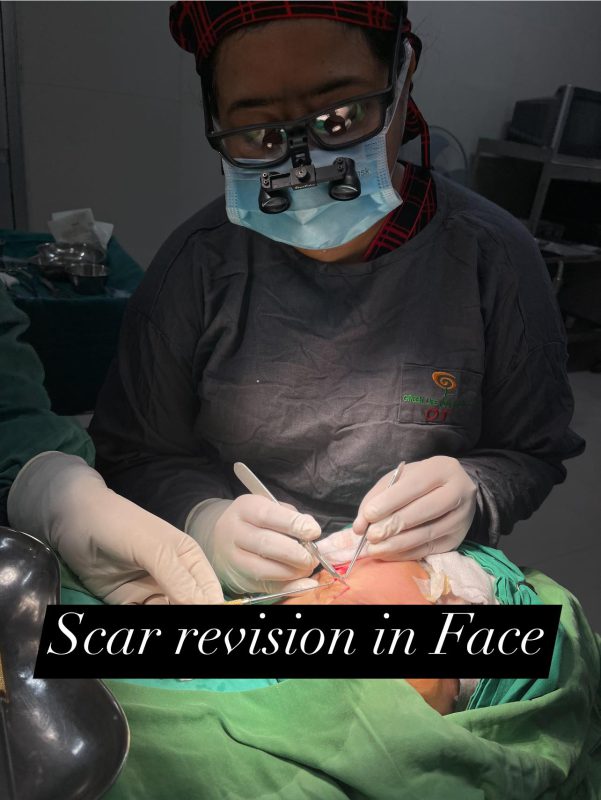
What is a facelift?
A facelift (rhytidectomy surgery) is the most comprehensive approach to treating facial wrinkles and sagging caused by aging. Every year, thousands of people undergo successful facelift surgery and are pleased with the results.
Why get a facelift?
Your face can change with time, gravity, and sun exposure. If you feel like you don’t look like yourself anymore and want to look like a younger version of yourself, a facelift may be right for you.
A facelift is a great option if you have any of the below concerns:
- Facial sagging
- A loss of muscle tone low on your face (jowls)
- Deep creases from your nose to your mouth (nasolabial folds)
- Lines from your mouth’s corners to your chin (marionette lines)
- A double chin or unwanted neck creases or folds
Below are some of the benefits of a facelift:
- Improve many areas of the face in one surgery
- Remove excess skin and tighten skin for a more youthful look (can make you appear ten to fifteen years younger)
- Correct deep cheek folds, jowls, and loose skin on the face and neck
- Get the gold-standard for recontouring the neck and jawline
- Achieve smoother, firmer, and fresher looking skin on your face and neck
- Improve your self-image and self-confidence
What should I consider before getting a facelift?
Please consult with your aesthetic plastic surgeon for more information on what is unique to you.
- You need to be in good general health.
- A facelift will create a younger version of yourself, not a ‘new’ you.
- There will be some downtime associated with this procedure.
- Depending on your age and skin type, you may desire secondary procedures later on.
- The recovery time is typically at least two weeks, but the exact timing depends on how extensive the surgery is.
What are my facelift options?
Facelift surgery varies in range from minimally invasive ‘lunchtime lifts’ to more extensive, sophisticated surgery. Your surgeon will recommend an option that aligns with your aesthetic goals and your unique facial features. The placement and length of incisions vary depending on the facelift technique that best suits you.
Minimal Facelift or ‘Lunchtime’ Lift
A minimal facelift technique where the recovery is quick, but the results last the least amount of time.
Mini Facelift or ‘S-Lift’
A facelift with a small amount of skin undermining with limited SMAS (superficial musculoaponeurotic system - the top layer connecting the facial muscles of the face) mobilization. A mini facelift is appropriate for younger facelift candidates. With this technique, the recovery is fast, and the results can last up to five years.
Full or Classic Facelift
Many types of operations fall into this class, such as SMAS platysma, SMAS-ectomy, SMAS imbrication, deep plane facelift, composite lift, or subperiosteal. These all require extensive rearrangement of the underlying facial tissues in addition to significant skin undermining. These techniques address more advanced facial aging. Full facelifts are technically demanding procedures that should only be completed by trained, board-certified aesthetic plastic surgeons. The recovery is longer (two to four weeks), but the results generally last over ten years.
